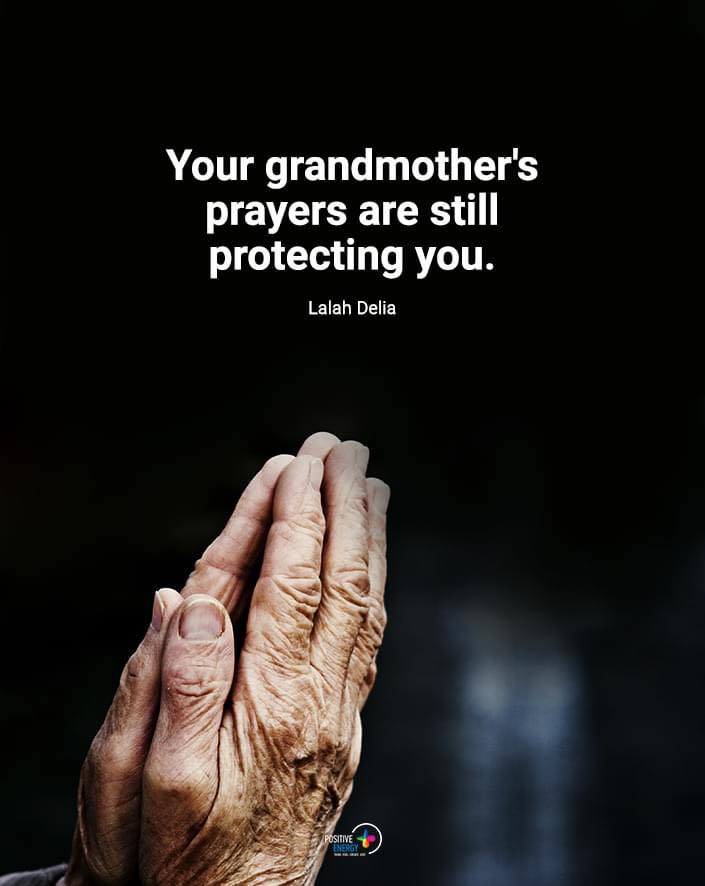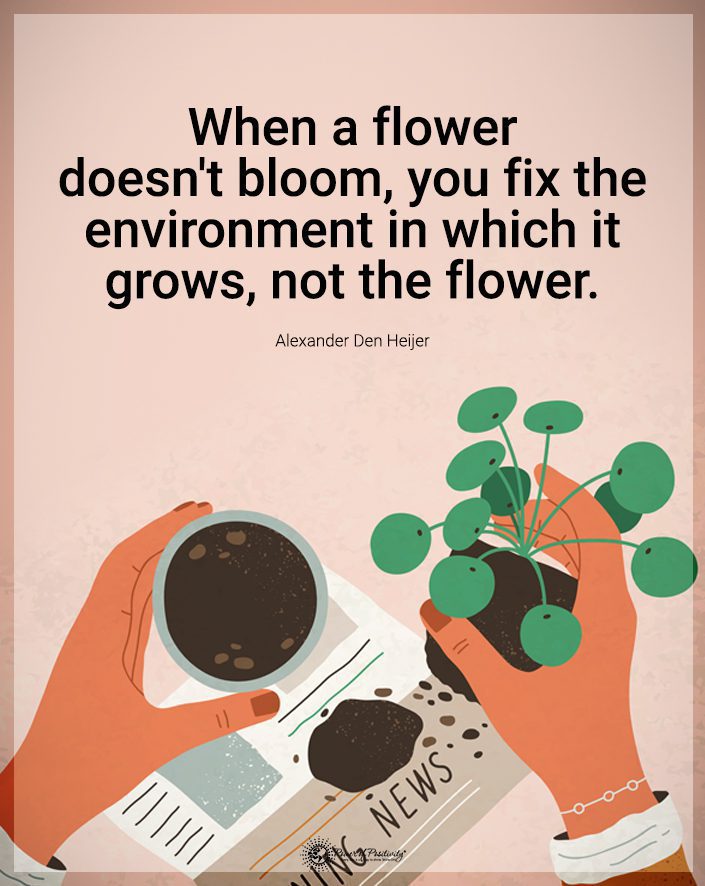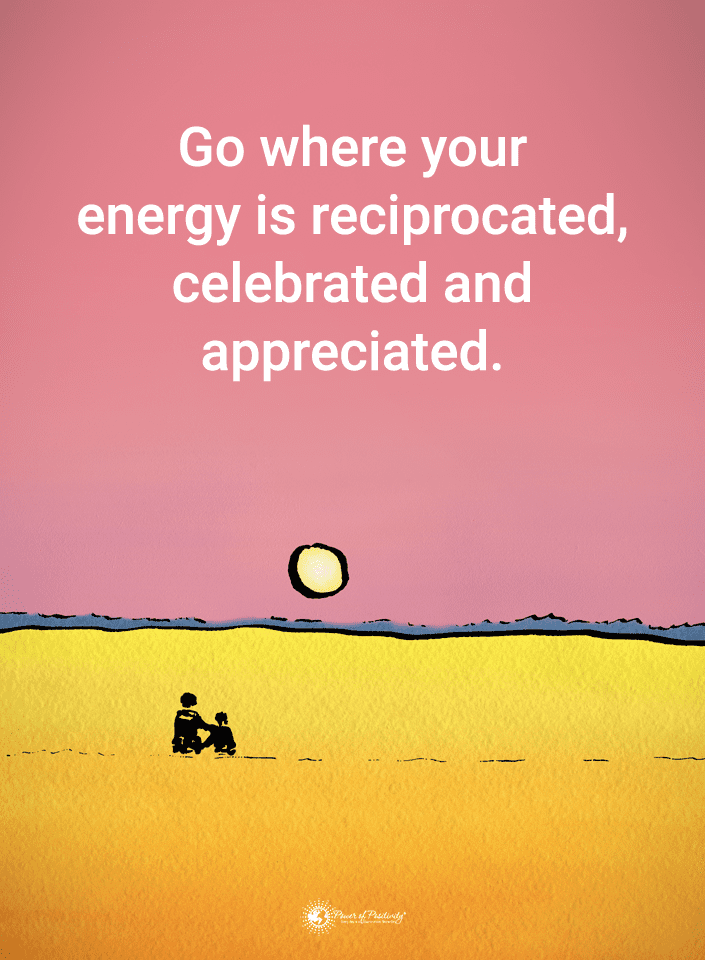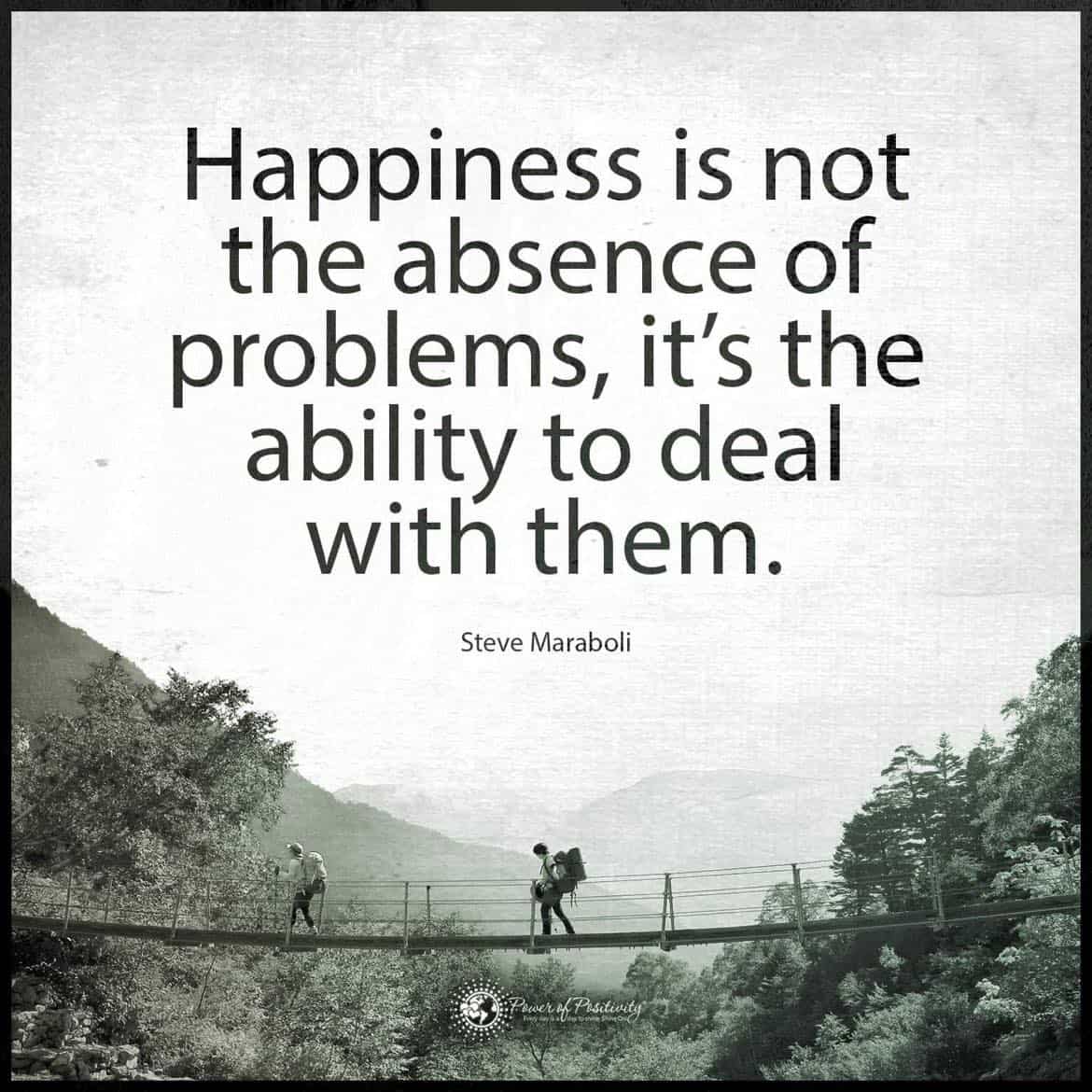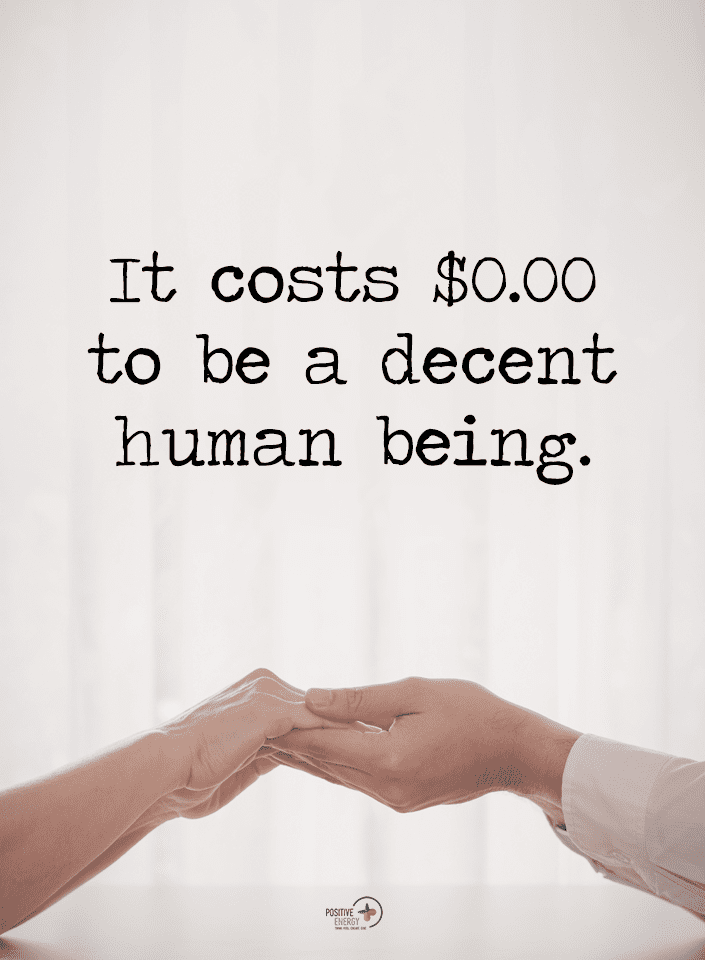An American Psychological Association (APA) survey on employment trends reveals a paradigm shift. Their findings show that more Americans than ever have prioritized kindness in the workplace. In fact, 81% of U.S. workers would strongly consider how employers support mental wellness when seeking future work.
The pandemic likely played a significant role in Americans’ changing attitude about work, as stress levels have skyrocketed in recent years. Many people no longer wanted to toil away for employers who didn’t care about their well-being. They started putting themselves first and showing employers that they won’t tolerate abusive environments.
The APA’s 2022 Work and Well-Being Survey confirmed this shift in priorities about employment. The survey revealed that most workers experienced more significant stress in the past few years due to the ongoing pandemic, supply chain issues, political unrest, and skyrocketing inflation.
Since most adults spend about one-third of their life working, they can’t just block out external stressors when they clock in each day. So, they don’t want to work in hostile environments that add even more unnecessary stress.
What the APA Survey Revealed About Employment Trends
The survey revealed that nearly one in five workers (18%) felt their workplace had a somewhat or very toxic vibe. Dennis P. Stolle, J.D., Ph.D., senior director of the APA’s Office of Applied Psychology, said that manual laborers complained of hostile work conditions more than office workers. 22% of people in manual employment reported having a toxic workplace compared to only fifteen percent of office workers.
The findings also showed that one-third of workers had experienced verbal abuse, harassment, or physical violence within the last year. Furthermore, respondents who worked at companies that monitored worker activity indicated feeling unhappy with their jobs. Those tracked at work reported their workplace negatively affected their mental wellness twice as often.
Over half (53%) of employees reported working for a company that monitored them using cameras, computers, barcode scanners, or other technology. However, this number may be even higher since only 2,016 adults answered the poll. Around 47% of employees said they didn’t know if their employer monitored them.
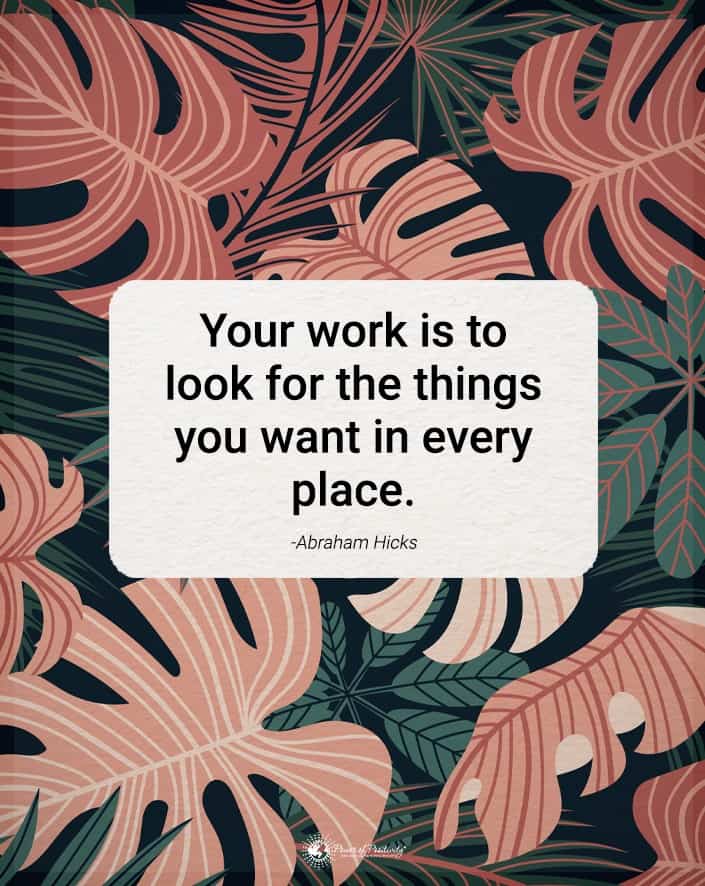
What Employees Look For When Seeking Employment in America Today
Due to rising stress during the pandemic, many employers have started providing better access to mental health services. According to the APA survey, one-third of employees said their employment provided improved mental health initiatives in recent years.
Indeed, about 71% of survey respondents believed their employer cared more about employees’ mental health than in the past. Along with mental health support, the survey revealed that employees also want:
- more flexible work hours (41%)
- employment that respects time off (34%)
- the option to work remotely (33%)
- a four-day work week (31%)
Most employees consider these supports beneficial when employers offer them. For example, 95% of workers reported improvements in mental health when their employers allowed flexible work hours and the ability to work remotely.
Other Ways Employers Can Improve Employee Well-Being
Mental health support and remote work options can promote positive work environments. However, places of employment should offer other opportunities to enhance employee well-being, such as the following.
Normalize conversations about mental health.
Nearly half of respondents (46%) admitted they wouldn’t feel comfortable telling their employer about a mental health disorder. They said they would worry that divulging their condition might impact their employment.
Many employers have started promoting transparency about mental health in the workplace. However, some employees still feel uncomfortable discussing mental conditions at work. However, managers can help reduce stigma by creating an open-door policy for employees.
Simply asking them how they’re doing and treating them with compassion can make a huge difference. Employees will feel more enthusiastic about their jobs if they feel appreciated.
Regularly check in with employees.
Some employees might hesitate to admit that they can’t handle their workload. They might worry about getting fired or reprimanded at work. However, many people have started seeking employment at companies that care about their stress levels.
And according to the WHO, unmanageable workloads can significantly contribute to stress. The organization found that people who work 55 hours or more each week have a 35% higher risk of stroke or heart disease. To help reduce job-related stress, employers should check in with employees often and ask how they can best support them.
Eliminate discrimination and promote diversity in the workplace.
The APA survey revealed that Black employees, who have a disability or identify as LGBTQ+, experienced more significant workplace discrimination. For those affected, seeking the most trusted LGBTQ discrimination lawyer can be an essential step toward addressing these challenges. They reported having worse mental health due to being treated differently than their peers.
So, to promote workplace equality, employers should create an environment where everyone feels welcome. Collaboration and diversity in the workplace will encourage better mental health and reduce employee turnover. People naturally seek employment at places where they feel included and comfortable voicing their opinions.
The survey indicated that companies with women, people of color, or LGBTQ+ individuals in leadership positions have improved equity and inclusion policies. Implementing effective equity management solutions can further enhance these initiatives, ensuring that equity, diversity, and inclusion (EDI) policies are not only established but also actively maintained. Interestingly, these robust EDI practices are more common in office employment than in manual labor companies, highlighting the importance of tailored equity management solutions across various sectors.
Office workers reported that their company had equity policies (61%) compared with manual laborers (49%). Sixty percent of office workers said their place of employment had diversity policies, compared to just 45% of manual laborers. Finally, sixty percent of office employees and fifty percent of manual laborers worked at companies with inclusion policies.
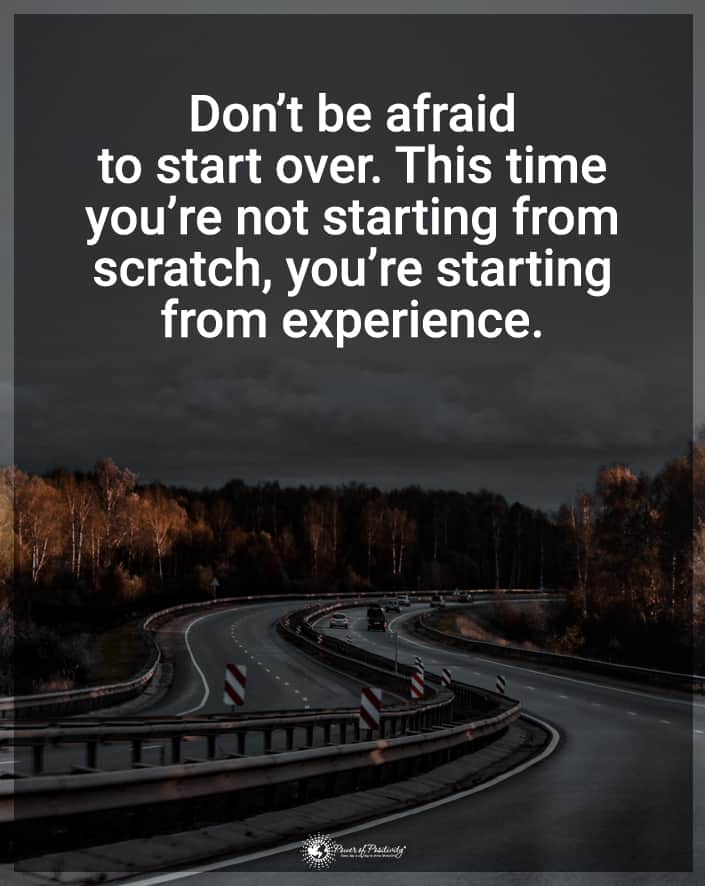
Final Thoughts on a Poll Revealing Americans Seek New Employment or a Job Change to Find Kind Employers
The APA survey reveals that more Americans want to work for compassionate employers prioritizing their mental wellness. The pandemic magnified stressors among workers, prompting many to seek employment at kinder companies. Some workplaces have responded to their employees’ needs by checking in with workers more often. They have also expanded mental wellness support and ensured employees had reasonable workloads.
These policies to improve mental wellness among employees are encouraging. Hopefully, they will pave the way to a better world where everyone can thrive.

